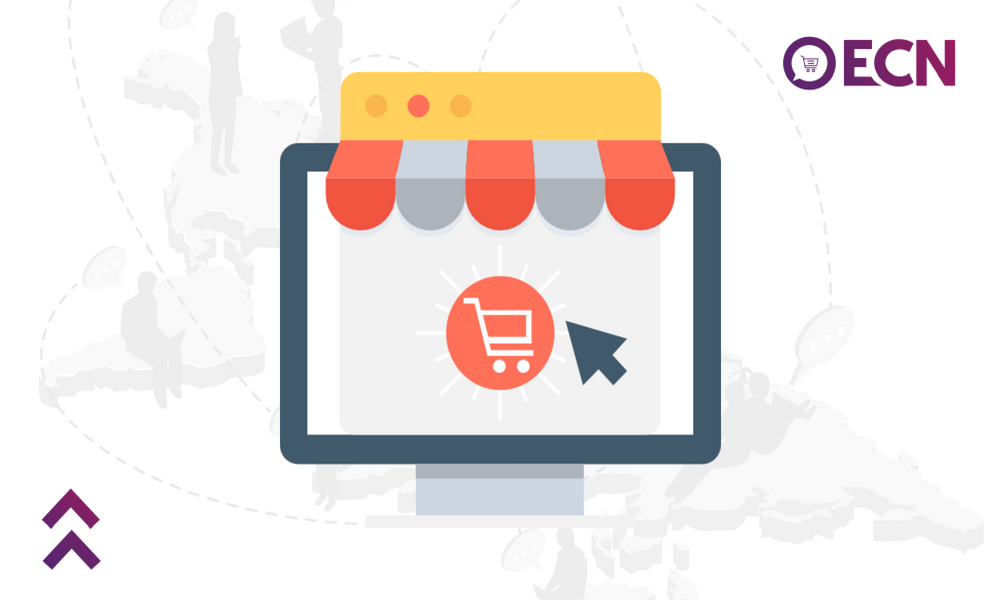If your online business suffers some high cart abandonment rates, it can feel frustrating when you do not know what to do. The good news is most small businesses have the same issue. In fact, this is such a problem that the average small business can experience up to 80 percent of customers abandoning their carts before completing the checkout process. It is one of the first priorities an E-Commerce has to take care of: maintaining a low cart abandonment.
Why does this happen? People close browser windows and hit the back button for a number of reasons. Sometimes it is due to technical difficulties while other times it simply results from human psychology. Whatever the reason, an abandoned cart means a lost sale. As a result, it makes sense to improve this abandonment rate however possible.
Here are a few tips to check out if you are in a position of improving your own business’s abandonment issues to keep customers coming back.
Make the Checkout Process Simple and boost low cart abandonment
One of the most common reasons for an abandoned online cart is a technical issue. A website is never foolproof. From common coding errors to server overloads and strain, the infrastructure that makes the checkout process possible has to work in order to keep customers happy. When they have to deal with connection issues, faulty links and other technical difficulties, they are likely to go somewhere else.
While you can never eliminate technical issues completely, it is important to start from a solid digital platform. The best way to make sure your shopping cart system is up to the rigors of normal use is to use an existing system. Template shopping carts and add-on systems will come with more experience and testing history than starting from scratch.
Beyond the actual operation of the system, the usability of it is important as well. A user-friendly interface and checkout process paramount to keeping customers going through to the final purchase. If they get confused or cannot find how to complete the process, they are more likely to abandon the cart. Keep the process simple and as easy as possible.
Reduce Checkout Fears

Sometimes, the reason customers leave before buying anything is from the fear of the unknown. Checkout uncertainty happens when the customer is not sure of what to expect from the purchase. This has less to do with the products they buy and more with the checkout process itself. If things are not clear or simple for the customer, anxiety can go up, leading to the greater likelihood of an abandoned cart.
Security is one of the most common areas of uncertainty. Since you have to use some form of online payment with a shopping cart, it is natural for a customer to feel concerned about the security of their financial information. Even basic privacy of simple personal information is a cause for concern.
The best way to handle this type of concern is with good, visible web security. Using an encrypted database with a third-party payment handler is a good place to start. If you do not have the skills or an employee to handle this level of programming, it is best to have a professional service take care of the backend.
Make sure that customers know you are taking their security into account as well. A simple mention of the extra steps you take to keep their information safe goes a long way to keeping fear out of the equation.
Keep Checkout Convenient
One of the biggest issues online businesses have with checkout and shopping carts is complexity. On one hand, it is nice when you can create an endless number of features that will possibly be helpful for customers. On the other, the more complexity involved, the less convenient the process may become. Often, less is more when it comes to checking out.
The most convenient checkout process is one that is quick and painless. In technical terms, the fewer number of clicks necessary, the better. The best way to increase convenience is through a well-designed interface that reduces the required clicks. Customers should be able to go from their cart to payment/shipping information in a single click.
One way to make this even easier is with guest checkout. While user accounts are nice for saving cart contents, it is an extra step that requires customers to create and remember a user name and password. With guest checkout, they can take their cart, input some important information and be on their way. Best of all, it is still possible to protect and encrypt personal/payment information since less is stored on your servers.
Add Some Incentives
Every so often, a customer will leave a cart filled without paying when they lose interest or no longer want the product(s). They may find a better deal somewhere else or just lose the will to buy the item. When this happens, it helps to add some incentive to the mix to retain customers when interest is lost.
A good promotional deal or coupon is a great way to create this kind of incentive. When you lower the price of an item, a customer may be more naturally inclined to purchase it. Building deals — such as a “buy one get one” pricing scheme — are also effective at creating this type of incentive.
You can even build some incentive directly into the checkout process. Give the customer something to look forward to as they near the end of the process. Coupon codes on the last page before purchase create this kind anticipation.
Keeping Cart Abandonment Low
The real trick to addressing the issue of this issue is consistency. No solutions work overnight. Through some dedication and persistence, however, these small tips will get the job done.
Keep monitoring the success of your efforts as well. Finding the right solutions is not enough for long-term success. Since things can change in an instant, so you need to keep track of performance data and metrics in order to catch the times when things are not going your way anymore. When this happens, continue to revise your customer engagement strategy as necessary.





